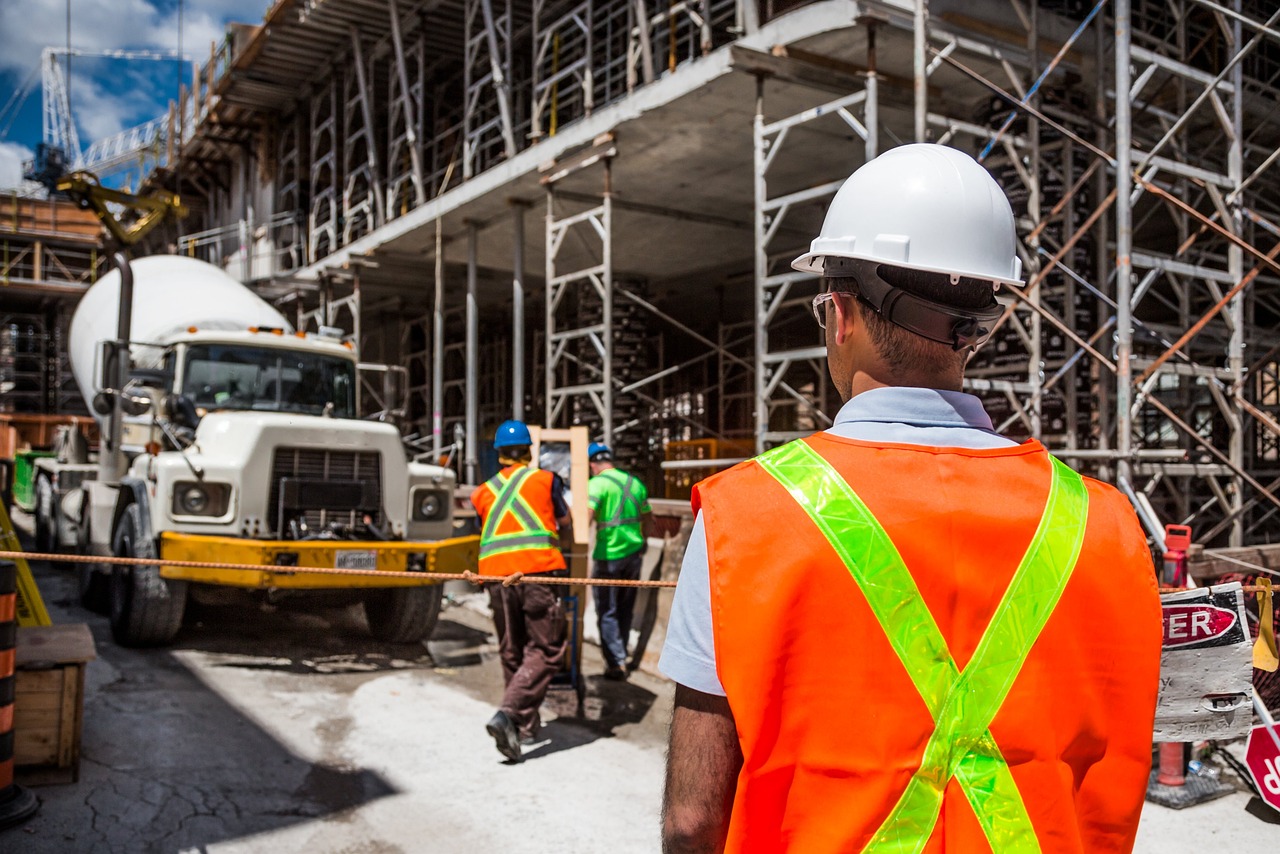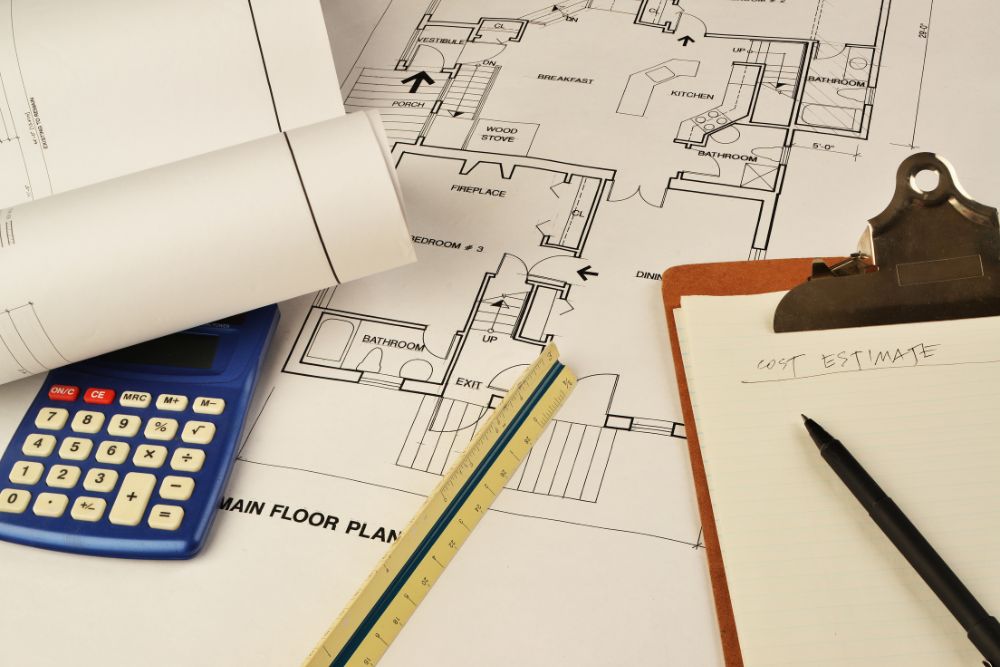Every construction company faces challenges that seem to recur on every project, including delays, budget overruns, miscommunication, and wasted materials. Learning how to solve recurring problems in your construction business is crucial for keeping projects on track, saving money, and maintaining client trust.
Most recurring issues happen because small mistakes go unnoticed, processes aren’t standardized, or teams lack the right tools. Over time, these problems can slow progress, reduce profits, and create stress for everyone involved.
In this guide, we will explore the most common problems construction companies face and provide practical solutions to recurring issues in your construction business, ensuring your projects run smoothly and efficiently.
Common Recurring Problems in Construction Businesses
Many construction companies face the same problems again and again. Recognizing these issues is the first step to fixing them. Here are the most common recurring problems:
- Poor Communication: Teams, subcontractors, and clients often miscommunicate, leading to mistakes and delays.
- Inaccurate Cost Estimations: Wrong estimates can cause budget overruns and unexpected expenses.
- Project Delays: Scheduling conflicts, late deliveries, or inefficient workflows can slow progress.
- Lack of Skilled Labor: The absence of trained workers impacts both quality and productivity.
- Resource Wastage: Materials, equipment, or labor are sometimes used inefficiently, increasing costs.
- Safety and Compliance Issues: Ignoring safety standards or regulations can halt projects and cause legal problems.
Impact of Recurring Problems on Your Construction Business
Recurring problems in construction projects can have a major impact on your business if not addressed promptly. These issues don’t just slow down progress; they can affect costs, team productivity, and client satisfaction.
- Increased Costs: Delays, errors, and material waste add up, reducing overall profitability.
- Project Delays: Repeated problems can push timelines back, affecting schedules and client commitments.
- Reduced Productivity: Teams spend more time fixing mistakes instead of focusing on new tasks.
- Lower Client Trust: Frequent issues make clients question your reliability, which can hurt repeat business and referrals.
- Stress on Teams: Constantly dealing with recurring issues can lead to low morale and higher turnover.
Understanding these impacts emphasizes the importance of identifying problems early and using strategies to prevent them. Addressing recurring issues ensures smoother projects, lower costs, and stronger client relationships.
Root Causes Behind These Recurring Problems
Recurring issues in construction businesses rarely happen by accident. Most problems have underlying causes that, if addressed, can prevent them from repeating. Here are the main root causes:
- Outdated Processes: Relying on old methods instead of modern tools can slow down workflows and increase errors.
- Poor Planning and Scheduling: Without clear project plans or timelines, tasks overlap or get delayed.
- Inadequate Training: Teams that aren’t properly trained may struggle with tasks, safety standards, or equipment.
- Lack of Communication: When information doesn’t flow between teams, mistakes and misunderstandings happen.
- Inefficient Resource Management: Misusing materials, tools, or labor leads to waste and cost overruns.
- No Standardized Procedures: Without checklists, reporting systems, or quality controls, small mistakes become recurring issues.
Effective Strategies to Solve Recurring Problems
Fixing recurring problems in your construction business requires practical steps and the right tools. Here are some effective strategies:
1. Use Construction Management Software
Implementing construction management software helps track tasks, budgets, schedules, and team responsibilities in one place. This reduces confusion, prevents delays, and keeps projects organized.
2. Improve Estimating Accuracy
Accurate cost and material estimates are crucial. Using professional estimating services like Prime Estimation ensures your budgets are realistic, reduces unexpected costs, and prevents material shortages.
3. Regular Progress Tracking
Monitor project updates frequently. Tracking progress allows you to identify potential issues early and take corrective action before they turn into bigger problems.
4. Standardize Workflows
Create clear processes, checklists, and reporting structures. Standardized workflows reduce repeated mistakes, maintain quality, and streamline project execution.
5. Invest in Team Training
Provide ongoing training for your workforce on safety protocols, equipment use, and project management practices. A skilled team works more efficiently and avoids common errors.
6. Encourage Open Communication
Promote transparency among teams, subcontractors, and clients. Clear communication prevents misunderstandings, improves collaboration, and keeps projects running smoothly.
 Top Tools to Prevent Recurring Construction Issues
Top Tools to Prevent Recurring Construction Issues
Using the right tools can make a big difference in preventing recurring problems in construction projects. They help teams stay organized, track progress, and reduce errors.
- Construction Management Software: Tools like Procore, Buildertrend, or CoConstruct help manage schedules, budgets, and team responsibilities in one place.
- Estimating Software: Accurate cost and material estimates from tools or services like Prime Estimation prevent budget overruns and material shortages.
- Project Tracking Apps: Apps that monitor daily progress, tasks, and deadlines allow early detection of potential issues.
- Communication Platforms: Tools like Slack or Microsoft Teams ensure smooth communication between teams, subcontractors, and clients.
- Document Management Systems: Centralized storage for plans, contracts, and reports reduces confusion and ensures everyone works from the latest information.
How Prime Estimation Helps You Solve These Problems
At Prime Estimation, we help construction businesses tackle recurring problems by providing accurate, reliable, and timely estimating services. Here’s how we make a difference:
- Accurate Cost Estimates: We provide precise project cost estimates to prevent budget overruns.
- Detailed Material Takeoffs: Our team quantifies materials carefully to reduce waste and control expenses.
- Fast Turnaround: Quick and efficient estimates help keep projects on schedule.
- Expert Review: Senior estimators review every estimate to ensure accuracy and reliability.
- Support for All Projects: We handle residential, commercial, and industrial projects of any size.
- Enhanced Decision-Making: Reliable data helps teams plan better, track progress, and avoid recurring problems.
Benefits of Solving Recurring Problems
Addressing recurring problems in your construction business brings many advantages that improve efficiency, profitability, and client satisfaction:
- Increased Profitability: Fewer mistakes and cost overruns mean more money stays in your pocket.
- Better Client Relationships: Consistently completing projects on time and within budget builds trust and repeat business.
- Improved Productivity: Streamlined workflows allow your team to work more efficiently and focus on value-added tasks.
- Reduced Stress: Fewer surprises and issues make project management smoother and less stressful for everyone.
- On-Time Project Completion: Proper planning, tracking, and prevention ensure projects finish as scheduled.
- Stronger Reputation: Reliable performance enhances your company’s credibility in the market and attracts new clients.
FAQs
What is the Biggest Challenge Facing the Construction Industry?
The biggest challenge is managing time, cost, and quality together. Delays, budget overruns, and miscommunication between teams often make projects difficult to complete efficiently and profitably.
How to Successfully Run a Construction Company?
To run a construction company successfully, plan projects carefully, manage costs accurately, communicate clearly with teams and clients, invest in skilled labor, and use modern tools to track progress and avoid repeated mistakes.
What is the Hardest Part about Running a Construction Company?
The hardest part is handling multiple problems at once, budget issues, scheduling conflicts, labor shortages, and client expectations, while keeping projects on time, within budget, and up to quality standards.
What is the Biggest Risk in Construction?
The biggest risk is project failure due to cost overruns, delays, safety accidents, or poor planning. These risks can affect profits, client trust, and a company’s reputation if not managed properly.
What is the Root Cause of Project Failure?
Most project failures happen because of poor planning, weak communication, inaccurate estimates, lack of skilled labor, or inefficient resource management. These factors lead to repeated mistakes and delays that derail projects.
Conclusion
Recurring problems can slow down projects, increase costs, and stress your team, but most issues can be solved. Learning how to solve recurring problems in your construction business helps keep projects on track, on time, and within budget.
Small mistakes, poor communication, or outdated processes often cause repeated issues. By improving planning, tracking progress, standardizing workflows, and training your team, you can reduce errors, save time, and work more efficiently. Using professional estimating services like Prime Estimation ensures accurate costs and better decision-making.
Don’t let recurring problems hold your business back. Contact us today to get expert support, precise estimates, and solutions that keep your projects running smoothly and profitably.


 Top Tools to Prevent Recurring Construction Issues
Top Tools to Prevent Recurring Construction Issues









